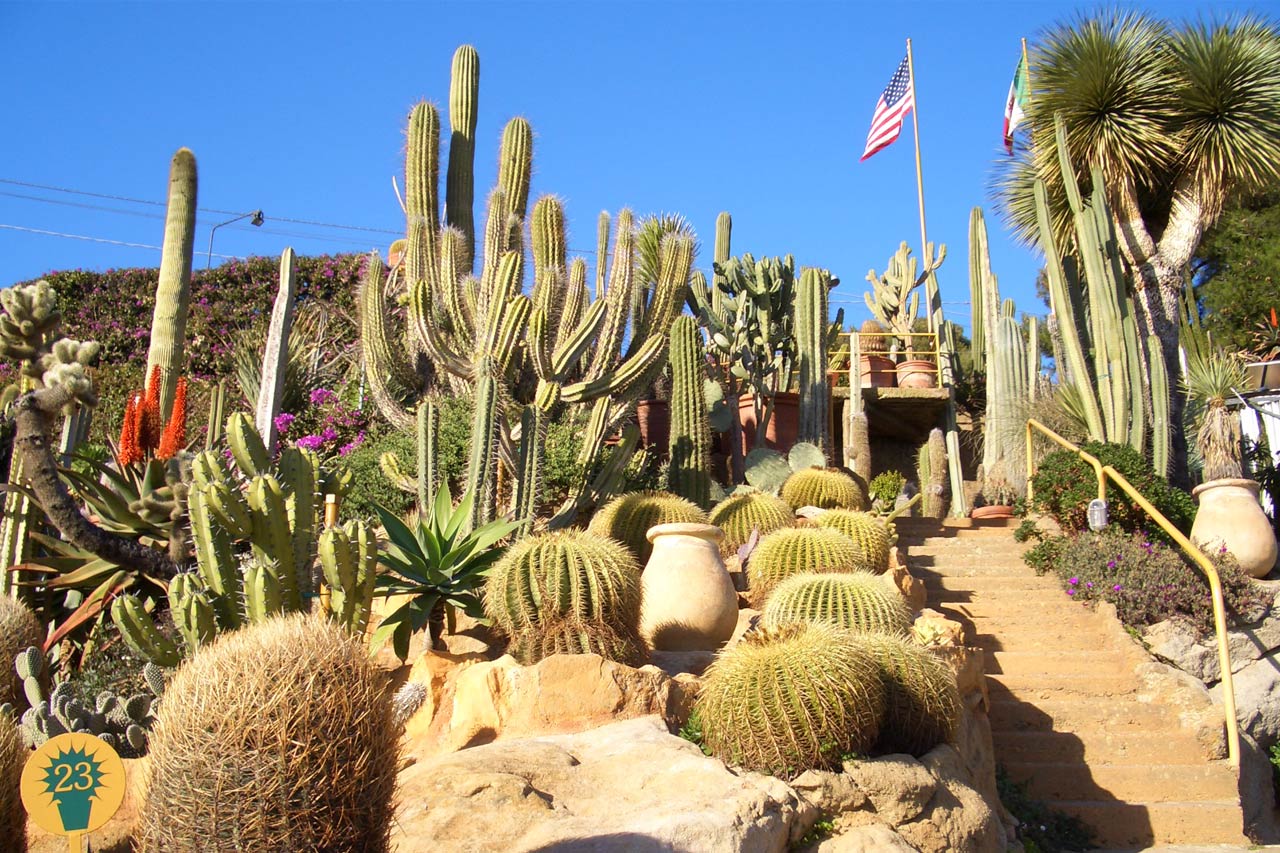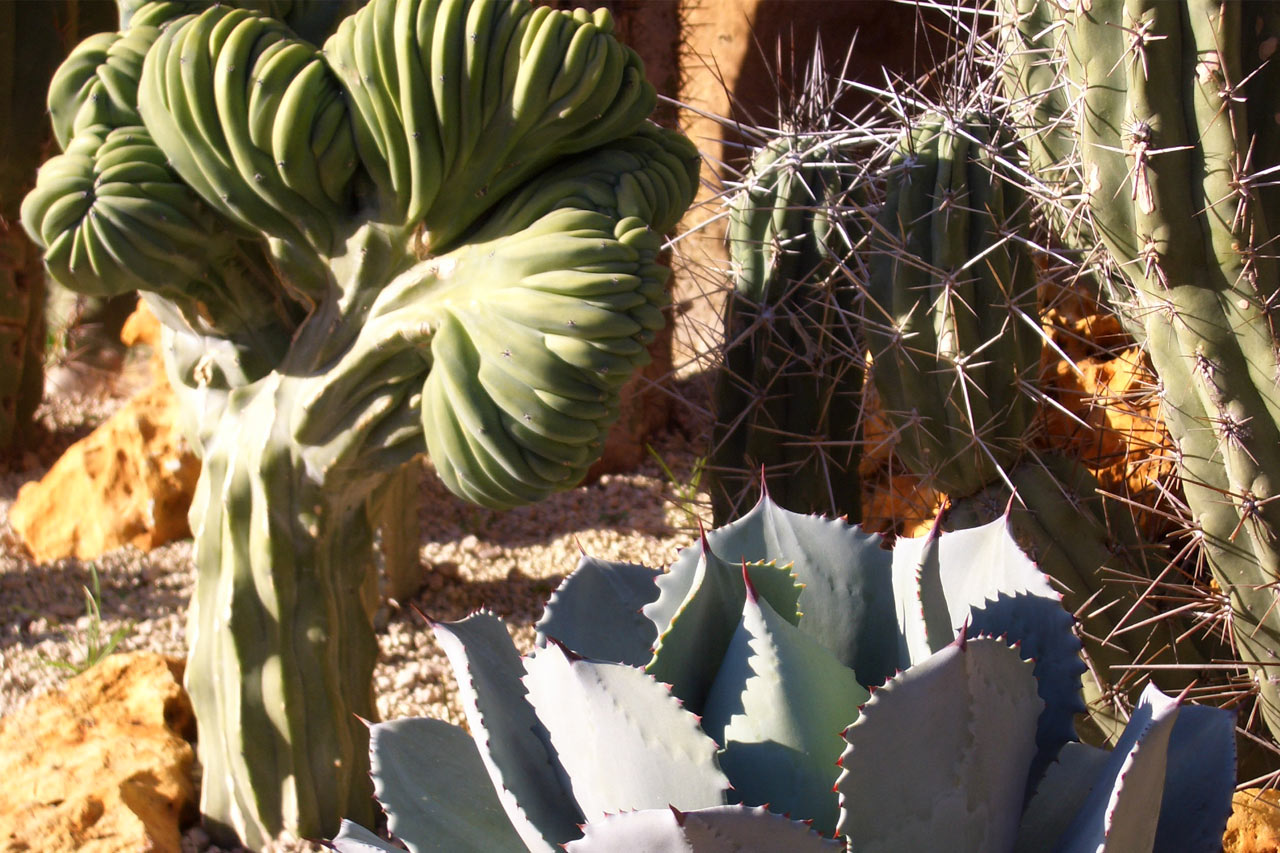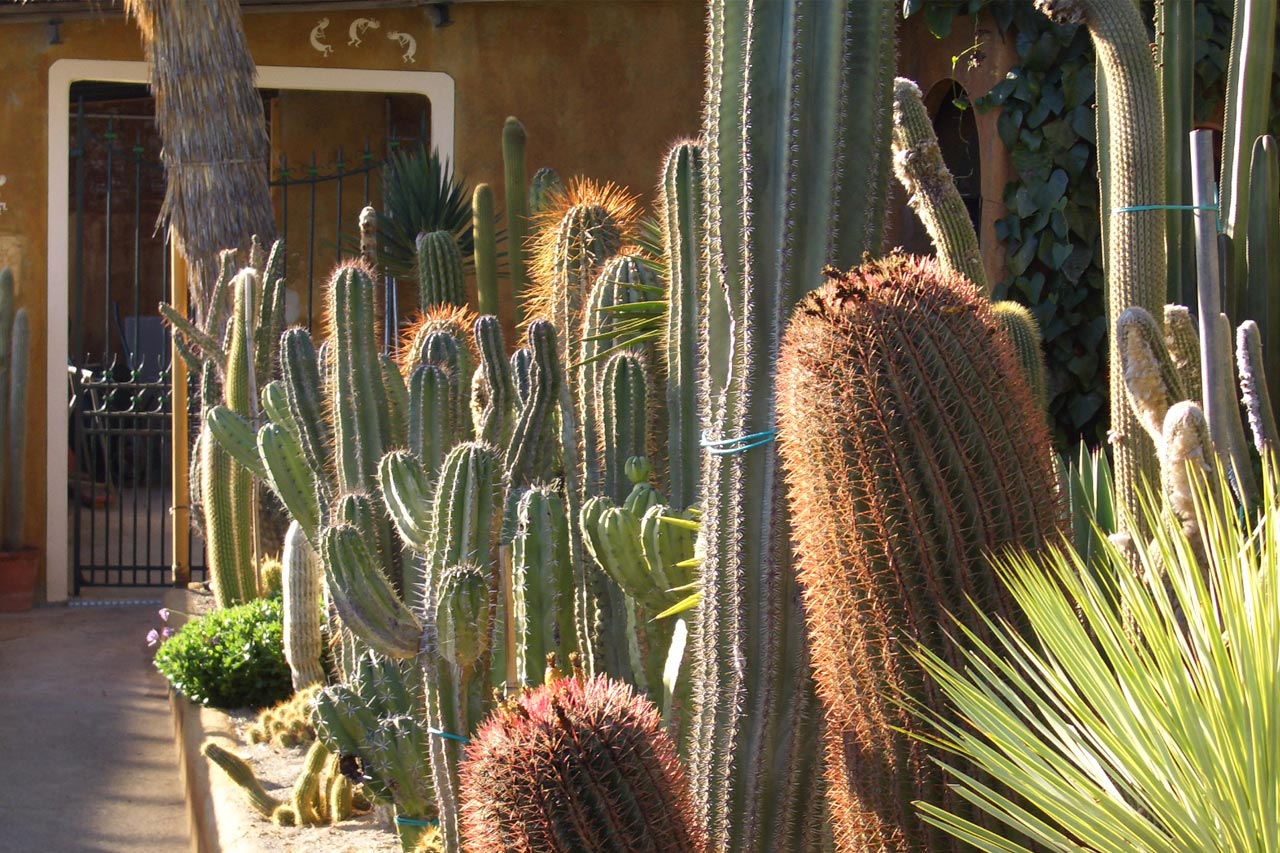Pallanca Exotic Garden, an Oasis Open to the Sea
The history of the Pallanca Exotic Garden in Bordighera intertwines the local destiny of the Pallanca family with the international destiny of the botanists who settled on the Riviera at the end of the 19th century.
In 1861, Giacomo Pallanca abandoned olive growing to join the German botanist Ludwig Winter, who was engaged in the creation of parks in Liguria and on the French Riviera.
In 1910, following in his father Giacomo’s footsteps, Bartolomeo Pallanca created a nursery of ornamental plants and flowers, specialising in succulent plants. In a short time, the Pallanca Garden became an international reference point, distinguishing itself in the field of cacti and contributing its riches to the most important botanical gardens in Europe.
In 1989, Barth Pallanca, Bartolomeo’s grandson, carried out a classification, enlarged the garden and opened it to the public. Today, anyone can admire this natural jewel and appreciate its beauty.





